There’s a lot of work that goes into farming. From the endless hours spent bent over, digging through manure and carrying it under the hot sun, to the residual dirt underneath your fingernails. Soil farming requires a lot of time and effort, which, quite frankly, may not be the most pleasant of experiences. If only there were a more efficient way to sustain farming. Well, there is – hydroponic system!
Perhaps the first thing that probably comes to mind when you hear hydroponic systems is the large underground secret farming of marijuana. Well, growing weed might have very well been the main motivator to the innovation, but these soil-less systems have proven useful for so much more. You see, instead of using soil, the plant roots are suspended directly in nutrient-rich, optimally ph-balanced water. Because of this, the growth speed of your plants is greatly enhanced (by over 30%), while eliminating the possibility of interference by weeds and pests.
With hydroponic systems, you can grow your food inside the house, without fuss or all that extra mess brought about by soil. They also let you grow your plants, like tomatoes and strawberries, all year round. To make sure you get the best farming experience, we have rounded up the best hydroponic systems out there for you below.
Top 6 Hydroponic Systems Of 2020 Reviewed
1. AeroGarden Bounty with Gourmet Herb Seed Pod Kit
 Hydroponic System For Beginners
Hydroponic System For Beginners
This is a Deep Water Culture system that’s basically got everything you need to grow a small garden on your kitchen top. You can easily assemble this without any tools. Just insert the pre-seeded pods into the provided slots then add water and nutrients.
The roots are suspended inside the reservoir and exposed to a balance of water, oxygen, and nutrients. Meanwhile, the top of the plant grows under the advanced LED lighting system that maximizes photosynthesis. You can grow a multitude of plants using the pre-seeded Seed Pod Kits that the manufacturer sells. And then there’s the touchscreen control panel that’s so easy to use and reminds you what you need to do to ensure your plants get the optimal growing environment they need.
We love the fact that it’s very hard to get anything wrong with this system. Plus, if you have any pods that don’t germinate, Aerogardens will replace them for you. However, the light from the LED lights is a bit glaring so you may want to keep it away from where you’re sleeping. Also, the entire setup plus pods are very expensive.
Pros:
- Easy to set up and maintain
- Good quality build
- Excellent customer service
Cons:
- Expensive kit
- Light can be glaring
- Replacement pods are also costly
2. Click & Grow Indoor Smart Fresh Herb Garden Kit
 Small Hydroponic System
Small Hydroponic System
For those who want something even simpler to start out their herb garden, then the Click & Grow Smart Herb Garden is your ideal choice. This doesn’t require anything from you except for you to fill in the water chamber, plug the unit, and place the plant cartridges into the slots provided. The kit comes with its own energy-efficient LED grow lights as well as sensors, and patented smart soil that has all nutrients, minerals, and oxygen that your plant needs to fully grow. We love the fact that there’s absolutely no effort required of you when growing your own little herb garden.
However, you’ll to buy cartridges from the manufacturer whenever you want to grow something new, even if it’s your own herbs and flowers. You’ll need to buy a seedless cartridge that contains its smart soil to ensure growth. Also, if you plan to use this to grow cannabis, you’ll have to choose dwarf seeds due to the limitation in height that this unit provides; it is very compact. Also, each cartridge costs a little under $20 so it’s going to require you to keep shelling money out. Plus, if you want to transplant your plant because it’s too big for the kit (it is very compact), you’ll need to destroy the cartridge which as we already stated is expensive.
Pros:
- No effort required
- Plants grow really fast as promised
- Very compact; can easily fit on a kitchen counter
Cons:
- Expensive cartridges
- Comes with three basil cartridges, not 3 different herbs
- Does not allow transplanting plants (will have to destroy the cartridge to do so)
3. Deep Water Culture (DWC) Hydroponic Bucket Kit 5 Gallon
 Hydroponic System For Weed
Hydroponic System For Weed
This is an ideal choice for a beginner who has a limited budget and plans on expanding his system over time. This Deep Water Culture Hydroponic System consists of a 5-gallon FDA approved bucket with a 6-inch basket lid, a 44 GPH air pump, air tubing, air stone, growing medium, and Rockwool seeds starting plugs. The system also features a bucket drain and a visible blue water level indicator. And since this kit is so affordable, you may still have room in your wallet to buy nutrients and pH test kit.
Take note that it doesn’t include lighting for your plant so this isn’t a complete kit compared to the others on our list. But for the price, you can definitely afford quality LED grow lights. Also, some users have reported their pumps were a bit weak. Keep in mind that you’ll need to use gloves when handling dry Rockwool as it can irritate your skin.
Pros:
- Easy to set up and use
- Perfect for beginners
- Durable build
Cons:
- No lighting included
- Pump and airstone could use improvement
- Cleaning the tubes can be a pain
4. Big Smart Indoor Hydroponics Growing System
 Best Smart Indoor Hydroponics Growing System
Best Smart Indoor Hydroponics Growing System
Just what do you need a hydroponic system for? Is it to grow some herbs or vegetables? You should buy the best smart indoor hydroponic growing system, which can be used to grow melons, cucumbers, and tomatoes. The Big Smart Indoor Hydroponic Growing System comes with a built-in pump to circulate the water and support easy growth. It is a safe and convenient hydroponic system for growing your favorite plants all year long.
This smart system is easy to use. You don’t have to figure out when to add water and fertilizer. The system is designed to remind you when you should do that. Any two sets you buy can be connected to a common adapter using one cable. It comes with big sized pots and basins for growing larger plants like eggplant, pepper, cucumber, and tomatoes. The 150-cm climbing trellis supports climbing plants like beans.
Pros:
- The pots are big enough to support the growth of large plants
- A smart system that reminds you to add water and fertilizer
- Comes with convenient climbing trellis
Cons:
- Reports of it being too small to be used in a garden
- No system to pump air into the water
- Some people found it hard to set up seeds
5. Homend Indoor Hydroponic Grow Kit with Bubble Stone
 Best Indoor Herb Hydroponic Grow Kit
Best Indoor Herb Hydroponic Grow Kit
Are you looking for a hydroponic kit that enables you to grow up to 11 plants at a go? If so, then you are better off with the best indoor herb hydroponic grow kit. Additionally, the Homend Indoor Hydroponic Grow Kit accelerates the growth of your plants by between 3 to 5 times. Thus, it enables you to get in the harvest within the shortest time possible.
You can use the hydroponic kit indoors or outdoors whether in a hotel, office, garden, market, or balcony. It is made from food-grade PVC-U with a 1.2-inch pipe diameter. The spacing between any two holes is 2.2 inches. Unlike other hydroponic systems, which do not have an air pump, this particular product actually has one. Using the instruction manual, you will be able to easily install this system in your home.
Pros:
- Has the ability to grow up to 11 plants
- Both for indoor or outdoor use
- Features an air pump for easy aeration of the water
Cons:
- The pump isn’t big enough
- Lacks a heating mat
- Doesn’t have multiple air stones
6. General Hydroponic GH4120 WaterFarm Complete
 Hydroponic Drip System
Hydroponic Drip System
This is a Top Fed/Drip Irrigation system that’s perfect for any beginner. It works well with any size plant and is made out of high impact plastic for durability. The reservoir has a large water capacity (2 gallons worth). At the same time, the system does not require you to use a lot of water. The tube outside lets you easily see the water level.
All you’ll need to do is to add more nutrients (which the manufacturer includes with this kit) into the water every seven days. You can opt to use this indoors or outdoors. The square shape allows you to fit this easily in tight spaces. What we like especially is that you can expand your system with the addition of more “pots.”
One complaint we do have is the pump which is a bit on the cheap side so you will need to shell out a little more money for a decent one. Also, this does not come with instructions so you’ll need to Google how to set it up properly.
Pros:
- Large water reservoir
- Can be used indoors and outdoors
- Easy to use
Cons:
- No instruction manual
- Cheap pump
Choosing the Best Hydroponic System – The Ultimate Buying Guide
So you plan to do a bit of urban gardening. Well, the easiest would be to just get a pot of soil and put an herb inside then wish for the best. However, for those serious about growing your own herbs and vegetables, that’s just not ideal. Enter hydroponic systems. Not only do you get to set up your garden wherever you wish to, but you can also get faster growth and higher yields from your garden.
But which hydroponic system would be perfect for you and the garden you have in mind? Well, there are quite a number of different types in the market and not everyone will be able to use them with ease. So, before you start shopping, you may want to start reading our buying guide below. This way, you can be sure that you and your plants are going to be happy.
What is Hydroponics?
When it comes to growing plants, most of us grew up believing that soil was necessary for the health of a plant. However, it’s not really the soil that’s important but the nutrients and minerals within it. In hydroponic systems, you do away with the soil and provide the plant with the necessary nutrients and minerals by exposing the roots to a nutrient solution. By exposing the roots constantly to the solution, it won’t have to expend energy growing the roots in search of “food” and the roots get more oxygen.
Because of that, most of the energy will be focused on growing other parts of the plant – the ones we are more interested in. What this means is that the roots are healthier, the plant grows faster, and it produces high yields. In addition, you get more growth cycles in a year.
What are the Types of Hydroponic Systems?
There are 6 types of hydroponic systems you can choose from and there is really no right or wrong choice. The best system for you would depend on the plant you want to grow and the number of plants you want to grow. It’s recommended to stick with one type for a while until you master it before switching to a new one.
Deep-Water Culture System
Perfect for beginners, it’s best to start with a system such as the Deep Water Culture (DWC) Hydroponic Bucket Kit 5 Gallon because it’s the easiest to use. Basically, this fits everyone’s general idea of what a hydroponic system should be. You ‘ll need a bucket or something similar to store your water-based nutrient solution in.
You will also need a mesh or basket with peat or Rockwool “soil” where you will “plant” your plant. This is where the roots will grow through to reach the nutrient-rich solution. You’ll also need a submerged air stone or an aquarium pump so that the solution is also full of oxygen. You’ll need multiple buckets if you want to grow more than one plant.
The main advantage of this setup is that it’s easy to assemble and maintain. It has few moving parts so beginners won’t have a problem getting the hang of it. However, maintaining the correct water temperature can be difficult. If your pump fails, the roots will drown. And you need to make sure that your nutrient solution is protected from light and contamination because it can cause the growth of algae, root rot, etc.
Ebb-and-Flow System
Also called the flood and drain, works by soaking the roots of your plants and then draining the water back into the reservoir. This is done periodically at specific time intervals so you’ll need to hook your pumps to a timer. The number of times you flood and drain your plant will depend on the growth stage of the plant.
The roots get the oxygen they need between the periods of flooding. Now, this is another fairly easy system to use and it allows you to prevent root rot. However, you need to replace the water every few days which means higher costs. You’ll need to keep a spare pump and timer just in case of breakdowns. And compared to the DWC system, this is relatively high maintenance.
Top Feed / Drip Grow System
This system has a relatively simple process. It makes use of a network of tubes that slowly feed the nutrient solution directly to the roots. The tubes are stake into the grow medium and the nutrient solution is sprayed or pumped to the top of your grow medium. Since this is a continuous system (i.e. the nutrient solution just goes round and round), this means that your plants will easily grow fast. Also, this system makes efficient use of your nutrient solution so you save money on costs.
However, setting this system up is a bit difficult and so is maintaining it. The usual problem that occurs within this system is clogging due to the particles from the nutrients that build up in the emitter.
Aeroponics
This is the system that requires you to have practical experience before you use it because it’s one of the most sophisticated ones. However, if you do get it right, this is the system that will give you the highest yields and also the most efficient when it comes to water and nutrient use. Basically, this works by you enclosing the roots of the plant in a closed, dark chamber such as a pot. Then drops of atomized nutrient solutions are sprayed periodically onto the roots. This is also a continuous flow system like drip irrigation and DWC systems.
However, in comparison, the amount of oxygen the roots are exposed to is so high that it can potentially produce the highest yields out of all hydroponic systems. Of course, there are drawbacks to this system. You need to make sure your sprayers don’t clog up because a few hours of no-spray will kill your plants. It’s also important that you maintain the temperature of the nutrient solution at 64 degrees Fahrenheit while the humidity of the root zone is at 100%.
The humidity in the growth zone will vary depending on the growth stage. If you’re not on top of these things, you risk root rot, stunting the growth of your plants, or causing algae to grow. Also, you need to be able to resolve any problems within an hour or else your plants may die.
Nutrient Film Technique System
This system makes use of a porous mat laid in a channel at the tips of the root system. This mat has a flowing shallow stream of nutrient solution that ensures its evenly spread and feeds the plants regularly. At the same time, most of the root is still exposed to air so it doesn’t drown and nothing gets stagnant.
While efficient and low maintenance, this kind of system requires you to stick with smaller plants because it can get tricky to balance everything just so. If you plan to do large grow ops, this might not be the right one to go for.
Wick System
This is by far the simplest and easiest hydroponic system. There are no moving parts at all and you can DIY this on your own. This system works by placing a wick that draws the nutrient solution from the reservoir into the growing medium such as Perlite, Vermiculite, Pro-mix, and Coconut Fiber. You’ll still need an airstone to oxygenate the solution.
The biggest problem with this kind of setup is that it can’t grow large plants or those that require lots of water faster than the wick can draw it up from the reservoir. If you’re thinking of growing marijuana, this is not one of the systems you should consider.
What other Factors should You Consider when Choosing Your System?
Aside from ease of use and margin of error, you should also consider several factors that will affect your choice.
Space
Generally, a small hydroponic system requires around 16 square feet of floor space. Of course, the size of your system will also depend on the number of plants you want to grow. Make sure that the system you’re looking at will easily fit in the space you’re planning on setting it up.
Automation
You need to make sure that the temperature of your solution, the lights, humidity, and the water levels of your system are maintained at optimum levels. Things are definitely easier if you use an automated system so you may want to consider buying one that already has that feature.
Expandability
You may opt to start small especially if you’re only beginning your hydroponics journey. However, once you get a taste of success, you may want to get a hold of more plants to grow. Aside from needing more space, you may want to look for a hydroponic system that’s easily expandable to accommodate more plants. Otherwise, you may have to purchase a new system and start from zero all over again.
Energy Efficiency
Naturally, you’ll be making use of electricity to either pump water or air into your system. This means that you’ll need to make sure that you get a system that is energy efficient.
Setup Costs
Some systems can be bought pre-built which can save you time and money in the long run. DIY projects or those that require professional help when setting up will require you to pay more money. Either to get an expert to build it for you or to fix a mistake you made in building your system.


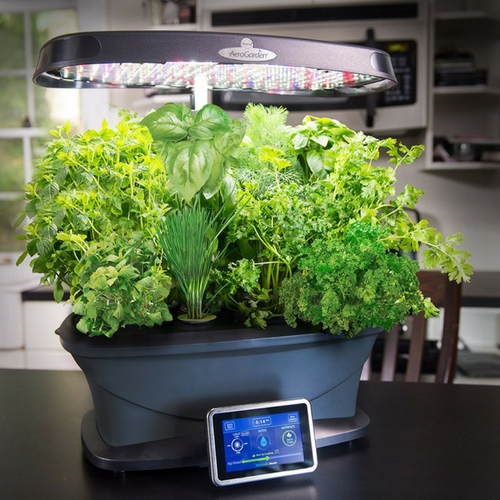
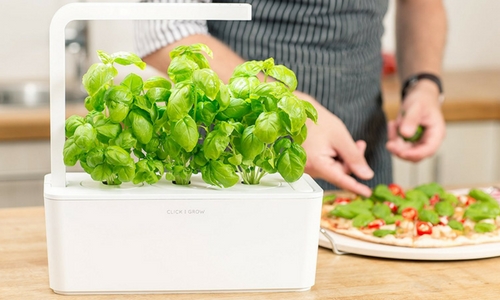
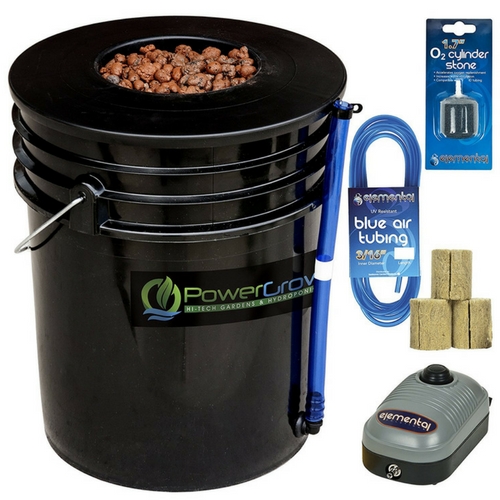
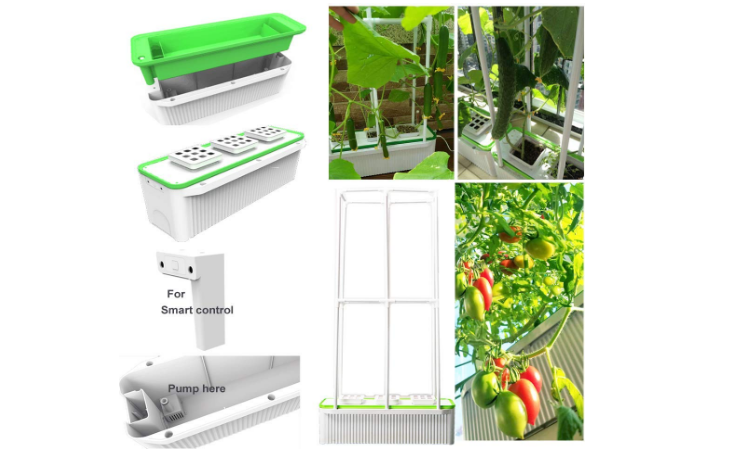
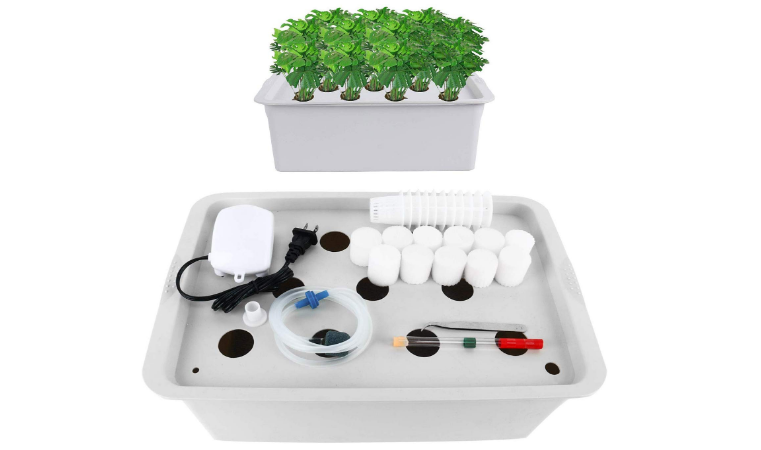
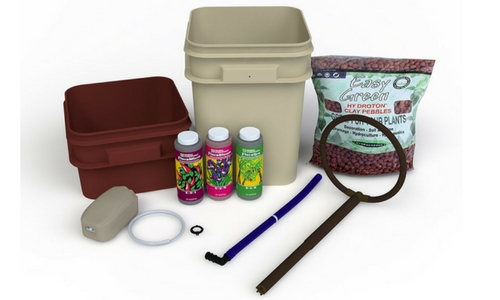
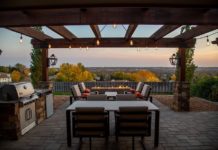

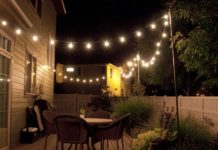
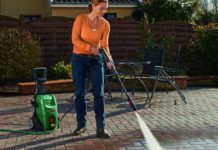
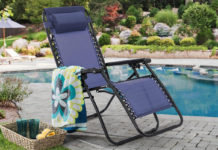






![Best Crochet Hooks for Beginners and Pros [2020 Update] best crochet books](https://www.awebtoknow.com/wp-content/uploads/2018/01/best-crochet-books-100x70.jpg)


